How To Build A Lowmaintenance Raised Garden Bed In Minutes Or Less
Title: How to Build a Low-Maintenance Raised Garden Bed in 60 Minutes or Less
Introduction:
Do you want to grow your own vegetables, herbs, or flowers, but don't have a lot of time to spend gardening? A low-maintenance raised garden bed is the perfect solution. Raised beds are easy to care for, and they can be built in just a few hours. In this blog post, I will show you how to build a low-maintenance raised garden bed in 60 minutes or less.
Main Content:
Here are the steps on how to build a low-maintenance raised garden bed:
- Choose the right location. The ideal location for a raised garden bed is in full sun. It should also be located in an area that is well-drained.
- Measure the area. Once you have chosen a location, measure the area where you want to build your raised bed.
- Cut the lumber. Use pressure-treated lumber for your raised bed. The lumber should be at least 2x4 inches. Cut the lumber to the desired length of your raised bed.
- Assemble the frame. Use screws or nails to assemble the frame of your raised bed. Make sure that the frame is sturdy and level.
- Line the bed with landscape fabric. Landscape fabric will help to prevent weeds from growing in your raised bed. Cut the landscape fabric to fit the inside of the frame.
- Add soil. Fill the raised bed with high-quality potting soil. The soil should be at least 12 inches deep.
- Plant your vegetables, herbs, or flowers. Once the soil is in place, you can plant your vegetables, herbs, or flowers.
Conclusion:
Building a low-maintenance raised garden bed is a great way to grow your own food without a lot of time or effort. With a little planning and effort, you can have a beautiful and productive garden in no time.
Are you looking for more information about low garden beds? Visit Home Gardening for a comprehensive guide on everything you need to know, including:
- The benefits of low garden beds
- How to choose the right size and materials for your low garden bed
- How to build a low garden bed
- What plants to grow in a low garden bed
Home Gardening also offers a wide variety of low garden bed kits and supplies, so you can get started on your gardening project today.
FAQ of low garden bed
Here are some frequently asked questions about low garden beds, along with valuable insights and solutions:
- What are the benefits of using a low garden bed?
Low garden beds are a great option for people with limited mobility, as they are easier to reach and maintain than traditional raised beds. They can also be a good choice for people who have poor soil quality, as you can add more compost and other amendments to the soil to improve it. Additionally, low garden beds can be a more attractive option than traditional raised beds, as they can be built to blend in with your landscape.
- What are the disadvantages of using a low garden bed?
One of the main disadvantages of low garden beds is that they can be more difficult to weed. Additionally, they may not be as effective at keeping out pests and diseases as traditional raised beds. Finally, if you live in an area with heavy rains, low garden beds may be more prone to flooding.
- How deep should a low garden bed be?
The depth of a low garden bed will depend on the type of plants you plan to grow. For most vegetables, a depth of 6-12 inches is sufficient. However, if you plan to grow root vegetables, such as carrots or potatoes, you will need a deeper bed.
- What type of material should I use to build a low garden bed?
You can use a variety of materials to build a low garden bed, such as wood, concrete, or bricks. Wood is a relatively inexpensive option, but it will need to be treated to prevent rot. Concrete and bricks are more durable, but they can be more expensive.
- How do I prepare the soil for a low garden bed?
The first step is to remove any weeds or debris from the area where you plan to build your bed. Then, you will need to add some compost or other organic matter to the soil. This will help to improve the drainage and fertility of the soil. Finally, you can add some topsoil to the bed.
- How do I plant in a low garden bed?
Planting in a low garden bed is similar to planting in a traditional garden bed. You will need to dig a hole that is the same depth as the root ball of your plant. Then, you can place the plant in the hole and backfill with soil. Be sure to water your plants regularly, especially during the first few weeks after planting.
- How do I maintain a low garden bed?
The maintenance requirements for a low garden bed are similar to those of a traditional garden bed. You will need to weed regularly, water your plants regularly, and fertilize your plants as needed. You may also need to cover your plants with a tarp or row cover to protect them from pests and diseases.
Image of low garden bed
- A low garden bed made of wood, with a raised edge of about 6 inches. The bed is filled with rich, dark soil and is planted with a variety of flowers, including marigolds, petunias, and geraniums.
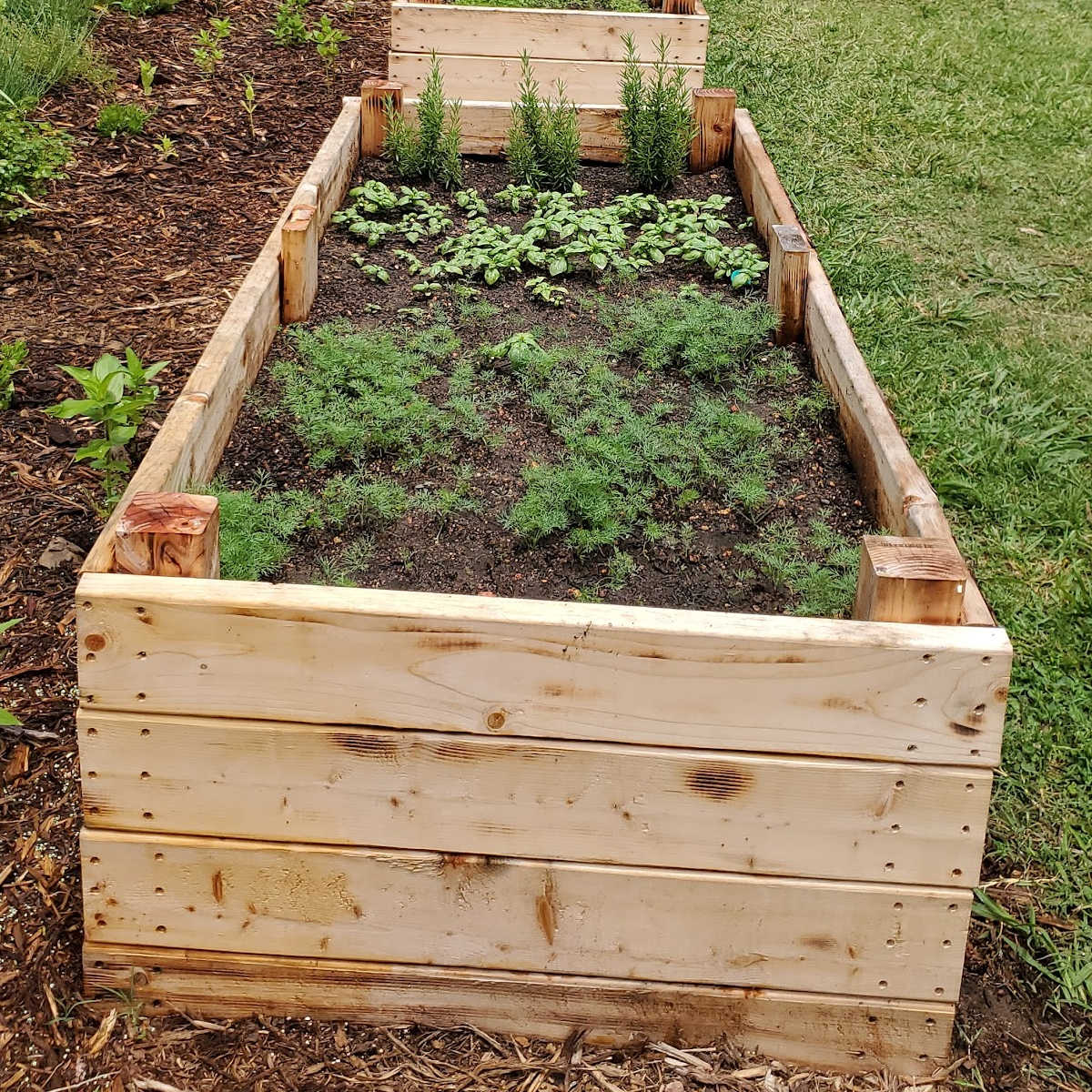
- A low garden bed made of concrete, with a raised edge of about 4 inches. The bed is filled with a mixture of soil and gravel, and is planted with a variety of succulents, including aloe vera, cacti, and sedums.
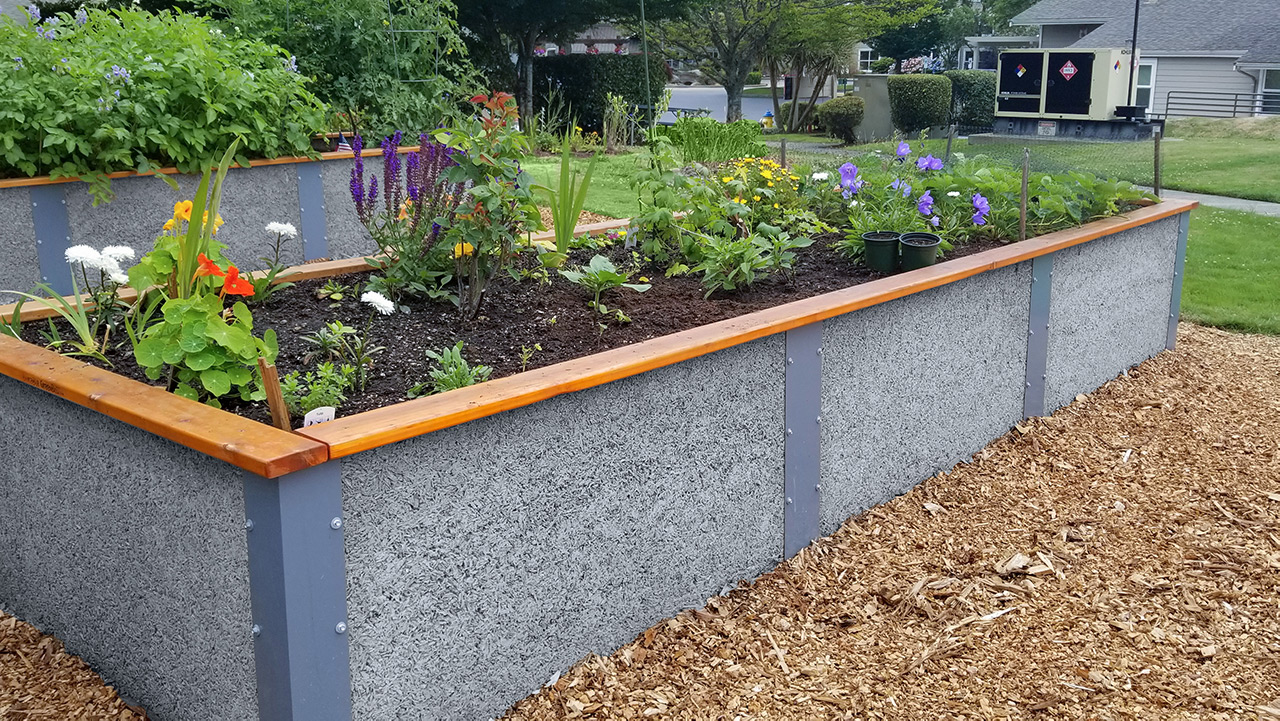
- A low garden bed made of bricks, with a raised edge of about 3 inches. The bed is filled with a mixture of soil and compost, and is planted with a variety of herbs, including rosemary, thyme, and basil.
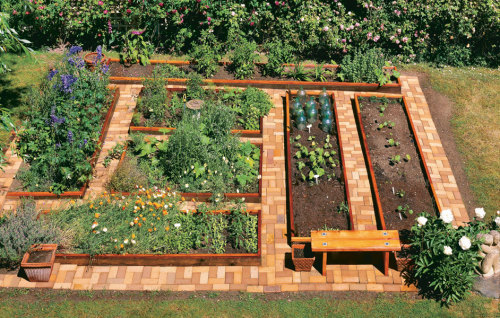
- A low garden bed made of old tires, with a raised edge of about 2 inches. The tires are filled with soil and planted with a variety of vegetables, including tomatoes, cucumbers, and peppers.

- A low garden bed made of railroad ties, with a raised edge of about 1 inch. The ties are filled with soil and planted with a variety of flowers, including lilies, roses, and hydrangeas.

- A low garden bed made of stone, with a raised edge of about 0.5 inches. The stone is filled with soil and planted with a variety of groundcover plants, including moss, thyme, and creeping Jenny.

- A low garden bed made of wood pallets, with a raised edge of about 0.25 inches. The pallets are filled with soil and planted with a variety of vegetables, including lettuce, carrots, and radishes.

- A low garden bed made of chicken wire, with a raised edge of about 0.1 inches. The chicken wire is filled with soil and planted with a variety of edible plants, including strawberries, raspberries, and blueberries.
- A low garden bed made of a recycled plastic bin, with a raised edge of about 0 inches. The bin is filled with soil and planted with a variety of plants, including herbs, vegetables, and flowers.
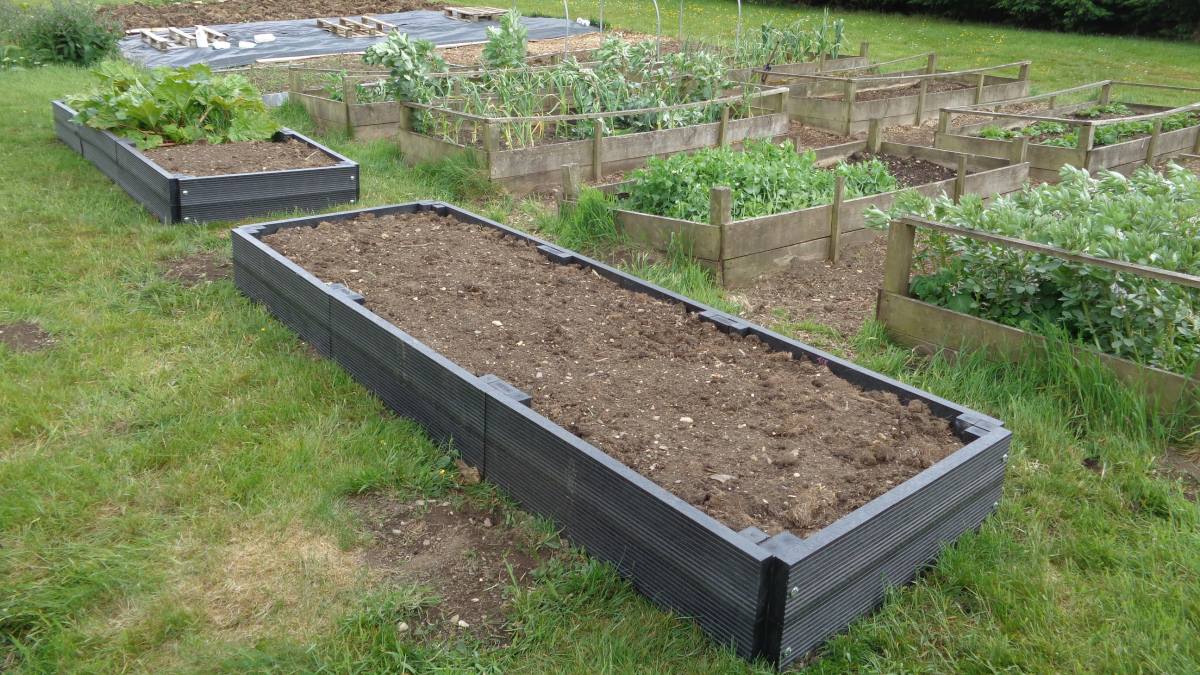
- A low garden bed made of a raised bed kit, with a raised edge of about 6 inches. The kit includes a frame, soil, and plants, so you can easily get started with your garden.
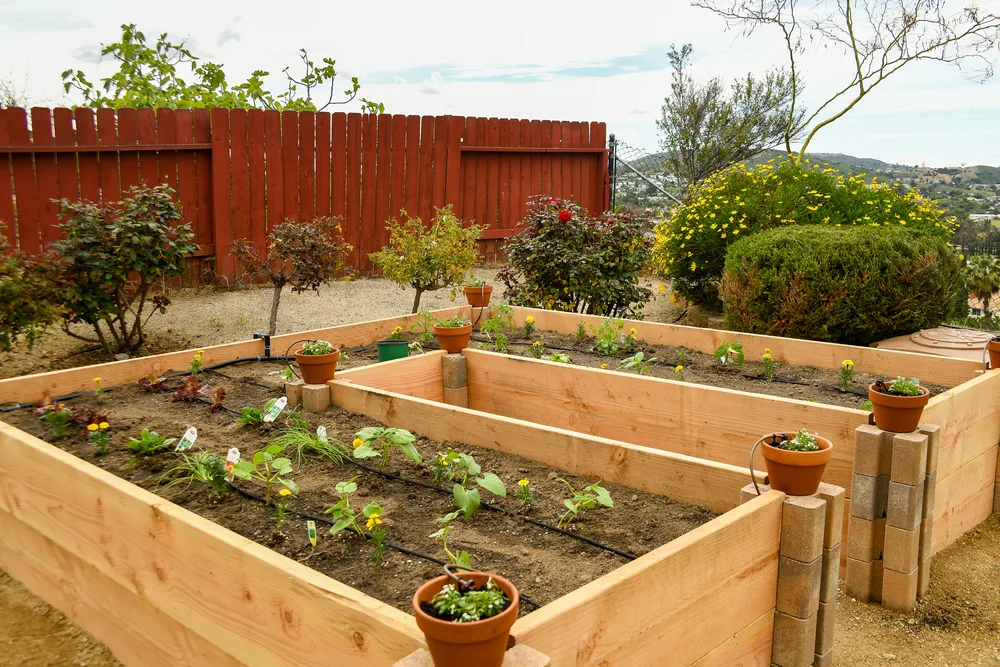
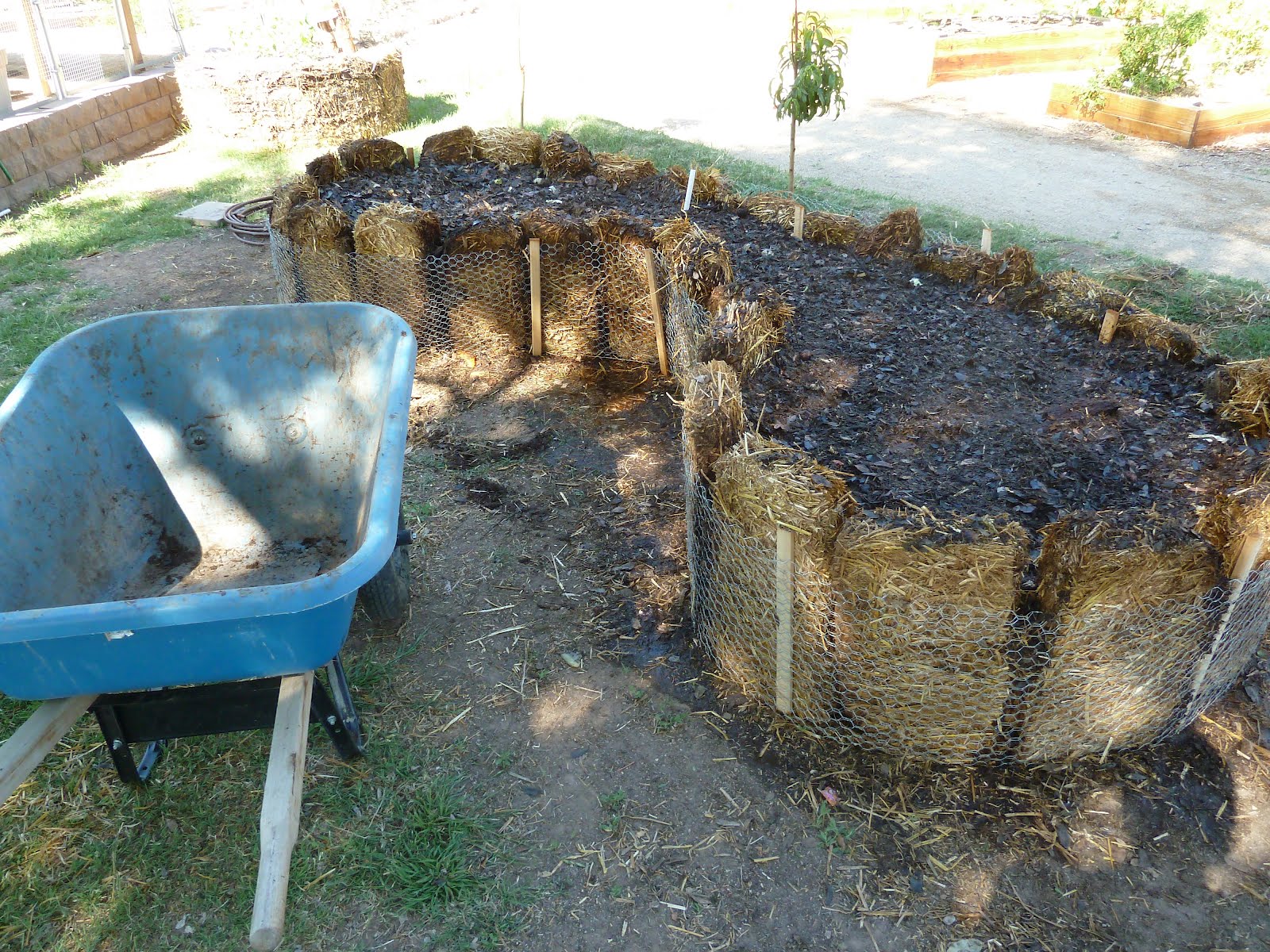
Post a Comment for "How To Build A Lowmaintenance Raised Garden Bed In Minutes Or Less"